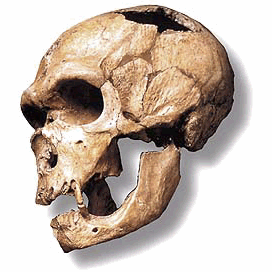Processes of Evolution
- Laurie L.

- Feb 10, 2018
- 3 min read
Updated: Jun 24, 2022

Evolution has different ways of happening and there is usually more than one process of evolution happening at a given time. These forces start out on the microevolutionary level for a species and accumulate into a macroevolutionary level. For more information about that click this LINK.
Natural Selection
It's often misunderstood to mean that the biggest and fastest animal dominates while the flimsy animals die off. The misunderstanding comes from a simple misdirection of the phrase "survival of the fittest." Natural selection has more to it and I'll use turtles as an example.

The rules of natural selection are the following:
1. The turtle is only compared to other turtles of the same species in the same time and space.
2. The goal of the turtle is to have kids before death.
3. The environment is hazardous for the turtle's survival.
If a turtle with a hard-shell gets eaten less often than a turtle with a soft-shell, the harder shelled turtle will have more children than the soft-shelled turtles. The situation is reversible if the conditions call for it.
Here is a depiction to show the different ways that natural selection can work.
Gene Flow
Gene flow is when migrations affect the genetics of a population over time. If you don't see the traits on the outside, the genes (codes for traits) of the children will still be different than the parents.
The genes for the brown eyes are "dominant" over blue eyes which are "recessive." Blue eyes can only appear visibly if you don't have any traits present that are more dominant.
Scientists have found that eye color can be found on multiple genes so 2 brown-eyed parents could have a blue-eyed child under rare circumstances.
Mutation

Mutations are the only way to create new genetic material. They happen by having your chromosomes (DNA strands of allele chains) mix up, blend, twist, generate or eliminate new material randomly. For more information on how that happens, click this LINK. Most of the time, mutations are completely unnoticed or useless, but sometimes they're positive (better survival) or negative (harder to survive).
Genetic Drift
Genetic drift is when a completely random event causes an entire trait to disappear from a population. For example, let's look at the diagram below. If an accident in the environment randomly wipes out all the dark beetles, then only the light beetles will survive into future generations. If you kill the dark bugs on purpose, it's not genetic drift, it's just homicide.
The forces of evolution show us how the world works around us. We can trust these processes to work because they are consistent in the environment and modern science allows for corrections.

Scientists retest research to make sure it's valid and confront each other with biases and errors through peer-reviewing articles before they're published. These methods of science ensure that we can directly see and infer the existence of evolution as a whole.
Sources:
Lecture Notes: Dr. Kurtis Dean and Dr. James Loch, Evolution, Fall 2018
Lectures Notes: Dr. Hannah Marsh, Human Prehistory, Fall 2014; Human Variation, Spring 2016; Human Evolution, Fall 2016
Lecture Notes: Dr. Stephen Wilson, General Ecology, Spring 2015
Lecture Notes: Dr. Daryl Goad, Principles of Biology, Fall 2014
Lecture Notes: Mr. Michael Sholar, Life Science, Spring 2013
#evolution #outreach #scienceoutreach #science #scienceducation #sciencecommunication #scicomm #scienceblog #blog #education #forcesofevolution #naturalselection #geneflow #geneticdrift #mutation











Comments